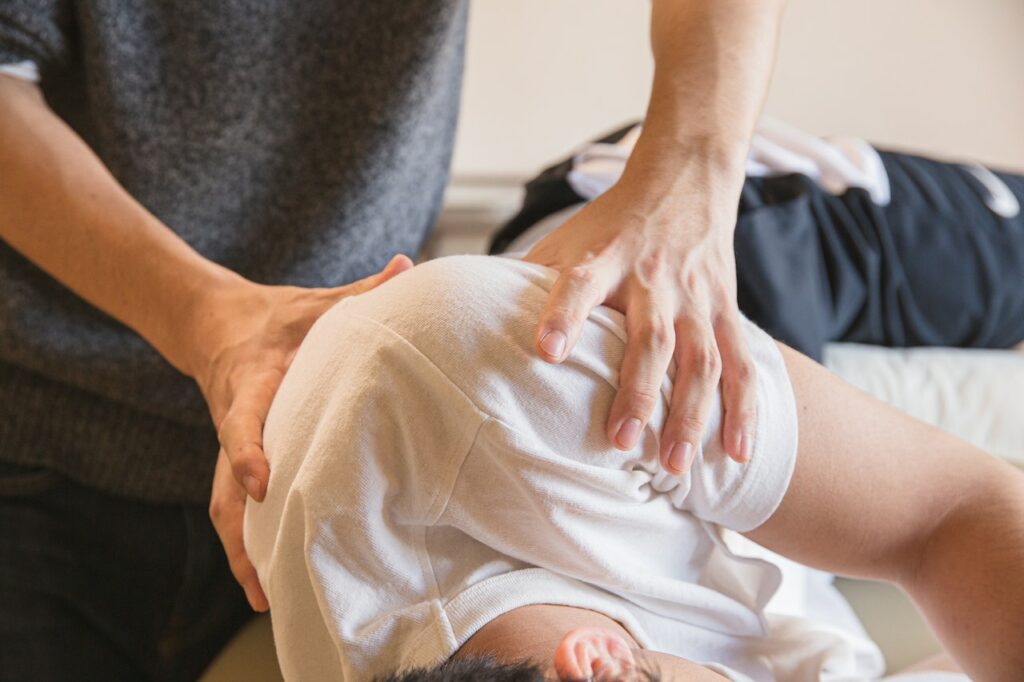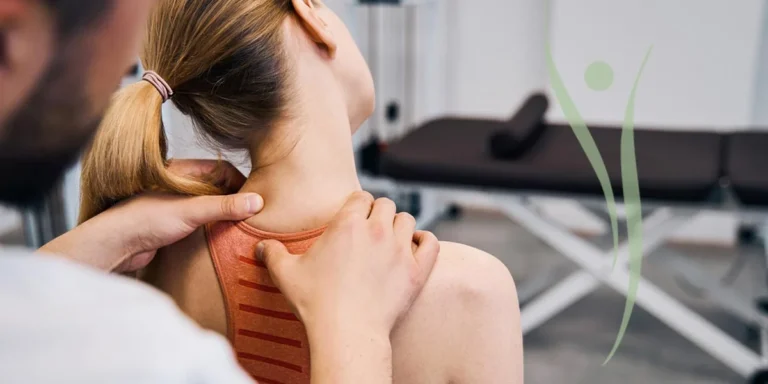Book Appointment Now

How Does Physiotherapy Work? Techniques & Treatment Methods Explained
I am Dr. Gaurav Vaid, a physiotherapist practicing in Jammu. Swasthya Shastra is my healthcare practice, where I focus on returning patient mobility while enhancing their daily quality of life. How does physiotherapy actually function? This question comes up often from people I meet. It is a great topic, which I will explain comprehensively.
The primary mission of physiotherapy is to help patients recover from injuries and effectively handle pain symptoms while enhancing their physical abilities. The achievement of these goals requires a selection of different physiotherapy techniques in combination with physiotherapy treatment methods. Physiotherapy remains a vital element in Jammu since residents lead varying lifestyles from inactive to physically intensive.
Understanding the Process
Any physiotherapy treatment requires an extensive assessment process as its initial step. This involves:
- Detailed History Taking: The assessment requires your present health record and current symptoms as well as your everyday activities.
- Physical Examination: Assessing your range of motion, strength, posture, and neurological function.
- Functional Assessment: The evaluation will assess both your body movement capabilities and muscle strength together with your posture and neurological function.
We create unique treatment programs after conducting this assessment.
Core Techniques in Physiotherapy
Physiotherapy delivers several essential treatment methods that treat physical disabilities, ease suffering, and support complete wellness. The therapeutic approaches that build a base for treatment plans are customized according to patient requirements.
- Manual Therapy- Treatment efforts involving manual therapy use physical touch to assist mobility function while decreasing pain through joint treatments and soft tissue engagement. The therapy uses careful movements for joint function enhancement and massage methods for muscle ligament and fascia relaxation.
- Therapeutic Exercises- Therapeutic exercise plans created by healthcare professionals seek to enhance patients’ muscles’ strength, flexibility, and endurance capabilities. The exercises help fortify weak muscles thus strengthening the muscle power that supports basic activities. Stretching exercises form part of the program to help maintain proper muscle length while this program also includes exercises that focus on flexibility improvement. These exercises enhance body balance while improving coordination so patients become less prone to falls while achieving better stability.
- Electrotherapy- The application of electrical energy under electrotherapy permits tissue repair as well as both inflammation reduction and pain management. Electrotherapy includes Transcutaneous Electrical Nerve Stimulation (TENS) as one of its main forms because this method uses low-voltage electrical currents to ease pain. The application of sound waves through ultrasound therapy both heals tissues and lowers inflammation alongside interferential therapy delivery of medium-frequency electrical currents that prompt muscle activation and nerve activation for therapeutic results.
- Heat and Cold Therapy- Patients can use cold and hot treatments from the temperature spectrum to reduce both pain and inflammation. Health treatment using heat promotes muscle relaxation and blood flow enhancement thereby making it useful for treating conditions with chronic pain. Compared to heat therapy cold therapy reduces blood flow which fights swelling to offer pain relief to people who suffer injuries or inflammation.
- Education and Advice – Education together with professional advice functions as an essential tool for patient empowerment through delivering information about their medical condition plus prevention strategies. The clinician teaches patients essential posture guidelines that help reduce strain in their bodies. The process of ergonomic advice provides patients with recommendations about changing their daily activities combined with workplace recommendations to reduce physical stress.
Specialized Physiotherapy Treatments
Physiotherapy delivers many specialized medical procedures to treat different health problems and individual requirements. Physical health specialists work in separate areas through precise methods that maximize patient recovery while improving their ability to function.
1. Orthopedic Physiotherapy
Physiotherapists who practice in this field work with diseases that affect the muscles and bones and their accompanying ligaments and tendons. Clinical practitioners treat fractures along with sprains in addition to tendonitis and conduct rehabilitation care after surgery.
2. Neurological Physiotherapy
Through neurology specialization, therapists help treat patients with stroke and multiple sclerosis accompanied by individuals with Parkinson’s disease who also have spinal cord injuries. Neurodevelopmental techniques combined with exercises allow therapists to achieve treatment goals by developing motor function as well as balance abilities and coordination while supporting independent function.
3. Cardiovascular and Pulmonary Physiotherapy
Through pulmonary rehabilitation medical professionals assist heart condition patients and individuals with COPD alongside patients recovering from heart attacks and anyone who has undergone coronary bypass surgery. The program’s therapists develop a focus on endurance enhancement, functional independence, and respiratory efficiency through exercise-based methods and breathing techniques.
4. Geriatric Physiotherapy
Geriatrics uses neurological expertise to help treat stroke patients and those diagnosed with multiple sclerosis as well as patients with Parkinson’s disease and spinal cord injury patients. Therapists reach their objectives through exercise combinations with neurodevelopmental methods which help develop motor abilities, enhance balance along with coordination, and achieve functional autonomy.
5. Pediatric Physiotherapy
Specialists in pediatric physiotherapy treat developmental disorders with congenital disabilities, musculoskeletal conditions, and other health issues that affect children as well as infants and adolescents. Through play-based activities, motor learning strategies, and family education therapists aim to support the best possible physical growth of their patients.
6. Sports Physiotherapy
Sports physiotherapy professionals deliver services to athletes coupled with active individuals by providing prevention methods for injuries, rehabilitation assistance, and performance development. As part of their care therapists develop individual exercise plans with manual treatment approaches along with ethical training practices to help patients resume their activities quickly.
7. Women’s Health Physiotherapy
The subdomain works with specific health challenges that only affect female bodies by supporting prenatal care together with postnatal management and pelvic floor rehabilitation and treatment of menopausal health conditions. Healthcare experts implement pelvic floor exercises and provide manual therapy and educational programs as therapeutic approaches toward symptom management for better outcomes.
8. Clinical Electrophysiology
Medical specialists conduct electrotherapy assessments along with electrophysiological testing to care for patients with neuromuscular problems. EMG tests along with nerve conduction examinations lead to therapeutic electrical stimulation which both evaluates neural and muscle function and promotes their improvement.
Conclusion
Knowledge about different physiotherapy treatments and techniques allows patients to decide better regarding healthcare choices. My commitment at Swasthya Shastra in Jammu enables me to support patients through recovery using both expertise and empathy. Every person seeking recovery or enhancement in physical capabilities or pain management can expect dedicated team support at every stage of their journey.
Our complete contact information can be found on drgauravvaid as well as Swasthya Shastra.


